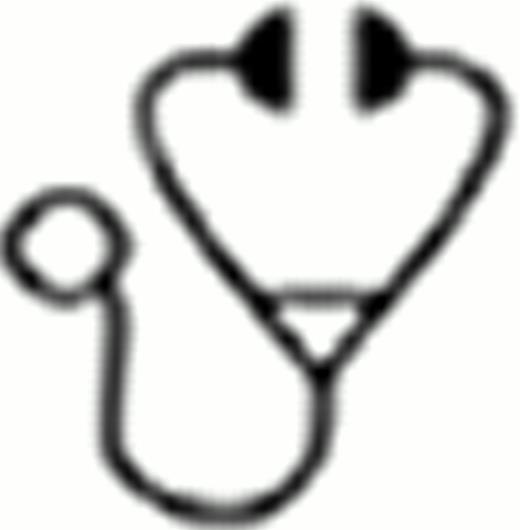Abstract
Core binding factor AML is generally considered to have a favorable prognosis, but in several studies, patients with a t(8;21)(q22;q22) RUNX1/RUNX1T1 have relapse rates greater than 30%. Factors that reliably discriminate between pediatric AML patients with t(8;21) who remain in remission and those who relapse have not yet been described. In this study, we aim to identify markers that are present at diagnosis, predict clinical outcome, and may be useful for risk stratification and/or risk-adapted therapy.
From 19 childhood cancer study groups worldwide, we collected data from 916 patients with de novo AML positive for t(8;21) and/or AML1-ETO fusion gene enrolled from 1987 to 2010. All complete karyotypes (n=838) were centrally reviewed and classified according to type and number of aberrations. Recurrent aberrations (occurring in at least 10 patients) were considered for statistical analysis. These aberrations included deletion of one sex chromosome, del(9q), abnormality of 7q, trisomy 4 and trisomy 8. Patients were also subdivided according to the number of abnormalities in association with t(8;21). Achievement of complete remission (CR), 5 year (y) overall survival (OS), 5y event-free survival (EFS) and cumulative incidence of relapse (CIR) were analysed for all potential prognostic factors, and regarding treatment for anthracyclines and allogenic stem cell transplantation. All variables significant at the 0.1 level in univariate analysis were entered into a multivariable Cox proportional hazards regression model. Variables were removed if they were not significant at the level of 0.05 on the basis of the likelihood ratio test.
The 838 patients with complete karyotypes had a CR-rate, 5y OS, EFS and CIR of 92.5%, 74.2% (95%CI 71.5–76.6), 59.8% (95%CI 56.5–62.9) and 28.1% (95%CI 24.9–31.3), respectively. In total 229 patients died; including 37 who did not achieve CR, 125 after relapse and 67 in remission during or after treatment. Clinical features and treatment related factors significantly associated with inferior OS were age > 15 y, male gender, WBC ≥20×109/L, low dose anthracyclines in induction (≤150mg/m2 in the first course of chemotherapy) and gain of chromosome 4. In multivariate analysis, age (15+ vs. 0–4 years HR = 2.27 (95% CI 1.42–3.63), p=0.001), high WBC (HR = 1.56 (95%CI 1.20–2.04), p=0.001), and gain of chromosome 4 (HR = 2.70 (95%CI 1.52–4.79) p = 0.001) remained significant. Factors associated with inferior EFS were male gender, WBC ≥20×109/L, CNS involvement, percentage of blasts <60 % in bone marrow at diagnosis, low dose anthracyclines in induction (≤150mg/m2) and gain of chromosome 4. In multivariate analysis, high WBC (HR = 1.51 (95%CI 1.19–1.91), p= 0.001), low dose anthracyclines in induction (HR = 1.33 (95%CI 1.04–1.71), p = 0.021) and gain of chromosome 4 (HR = 2.84 (95%CI 1.67–4.80), p < 0.001) were significant. Factors associated with higher CIR were high WBC (HR = 1.50 (95%CI 1.13–2.00), p= 0.006), low dose anthracyclines in induction (HR = 1.42 (95%CI 1.03–1.97), p = 0.034), gain of chromosome 4 (HR = 2.31 (95%CI 1.21–4.39), p= 0.011) and no allogeneic stem cell transplantation in first CR (HR = 2.58 (95%CI 1.51–4.39, p < 0.001).
In conclusion, this is the largest pediatric cohort of t(8;21)-positive AML described to date, with several new findings. Apart from the well known prognostic factors: age and WBC at initial diagnosis, we found that patients who received more than 150 mg/m2 of anthracyclines in induction had a lower CIR, and a better EFS and OS. Regarding karyotype, the presence of additional aberrations per se did not impact on outcome. However, in relation to particular additional aberrations, gain of chromosome 4 was associated with a three-fold higher risk of relapse.
No relevant conflicts of interest to declare.

This icon denotes an abstract that is clinically relevant.
Author notes
Asterisk with author names denotes non-ASH members.

